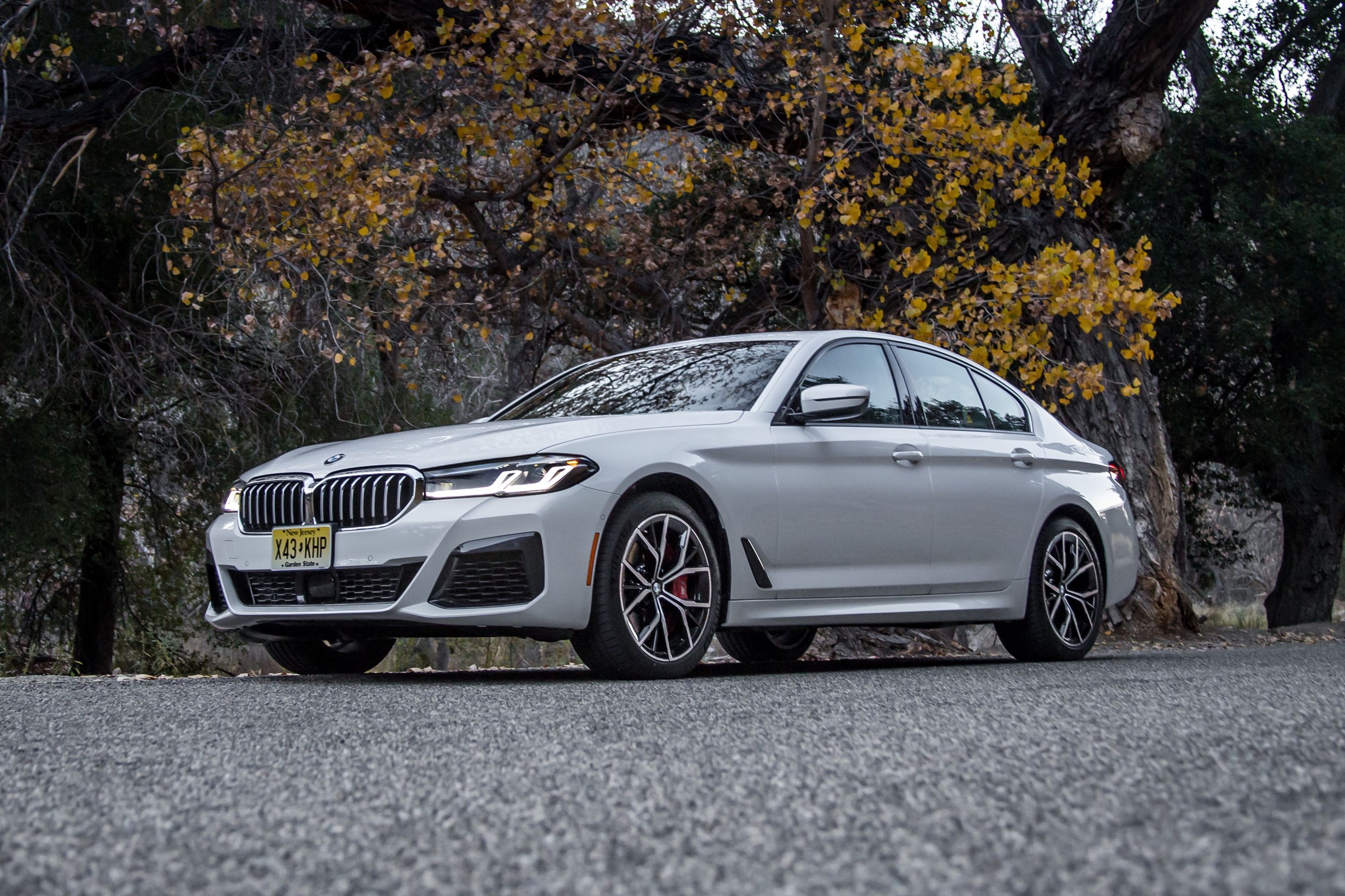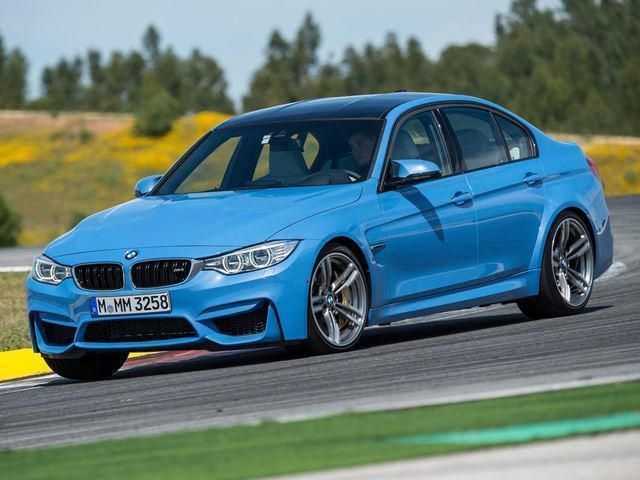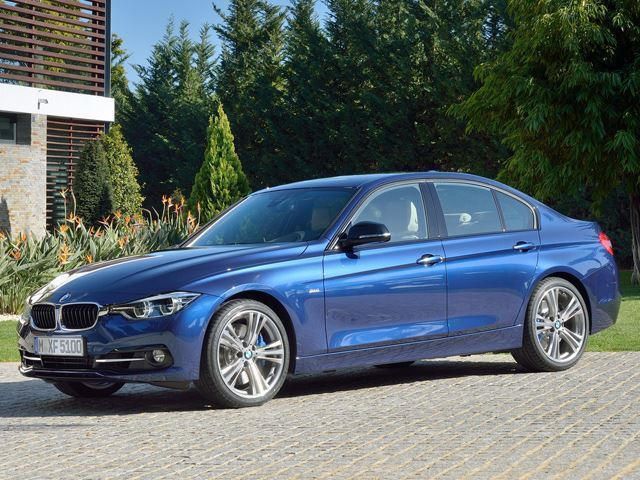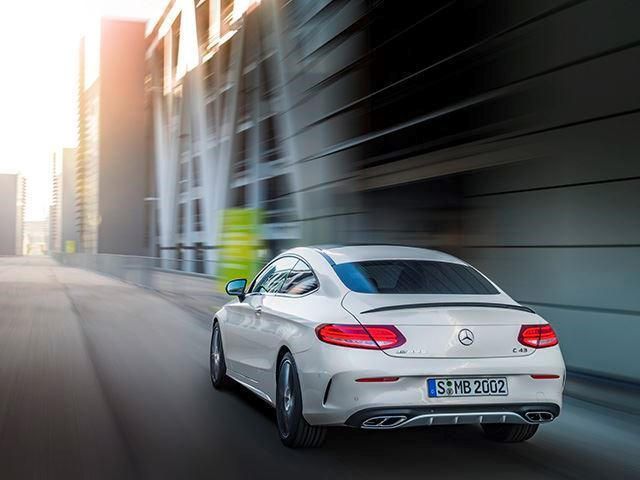
Its no secret that we prefer high performance versions of luxury cars more than their base versions. A base BMW 320i's 180 horsepower four-cylinder engine may be fine for a lot of people, but we would much prefer the oomph of the 425 horsepower M3. Any car enthusiast would look at the base 3 Series, and hope to one day be able to afford the M3. So why do we think that cars like the M3 may actually be pointless? Well, in most cases, people who buy performance models from BMW, Mercedes or Audi, hardly use the performance that they provide.
Let's take the BMW for example. The M3's twin-turbo inline-six produces between 425 to 444 horsepower. This model starts at $64,000, which makes perfect sense if you are the type of person who likes to live on the edge of performance. However, most people would be just as satisfied with a lesser 340i. This model has a twin-scroll turbocharged inline-six with 320 horsepower and costs almost $20,000 less than the M3. The M3 does come with other options that make it nicer than a 340i such as more aggressive bodywork, bigger wheels, and a nicer interior. If you have the money to blow, then by all means go for the performance model, but you may want to think about that.
If you pay any attention to the comment section online, you will hear that all performance cars are pointless, because a cheaper model can be tuned to be just as fast, if not faster. This phenomenon was a bit more apparent before the M3, RS5, or C63 switched to turbocharging.
Audi hasn't released a B9 RS4 or RS5 yet, but it should be the last of the German performance cars to ditch its naturally aspirated V8. Back in the previous generation, the mid-tier Audi and BMW models could easily be tuned to be faster than their more expensive counterparts. For example, the supercharged V6 in the Audi S4 could be tuned to be faster than the V8 in the RS4. Likewise, the BMW 335i quickly became the spiritual successor to the Toyota Supra in the tuner community. The twin-turbocharged N54 engine from the 335i was a tuner's dream and was easily able to outclass the naturally aspirated S65 in the M3 of that generation.
So this brings us to the current crop of turbocharged performance sedans which includes the BMW M3 and Mercedes C63 AMG. There are also some outliers from other manufacturers like the Alfa Romeo Giulia Quadrifoglio. Do these current performance models make more sense than the mid-trim cars? Some manufacturers, like Mercedes have upped the game when it comes to mid-trim models. The new Mercedes-AMG C43 is the perfect example of this. Mercedes now affixes AMG badges on non-AMG cars. The C43 comes with a 362 horsepower twin-turbo V6 engine. This isn't as much as the C63's twin-turbo V8 which produces 469 horsepower, or 503 in the S version.
It may not possess as much power, but Mercedes was smart enough to add all of the AMG flare that used to be limited to fully-fledged AMG models. Mercedes has always offered AMG packages with wheels, floor mats, and even tire stem caps. Now however, the whole car is made to look like the more expensive model from the AMG division. This is similar to what Audi has always done with the S4. We admired the awesome interior that came in the sporty model; it looked more like a performance car than the 335i or C350 ever did. We think that the new generation of vehicles from these companies will give you the stunning looks of the performance models, at a much lower price.
The Mercedes C43 is the perfect example that we would use to make our point. Most onlookers wouldn't know that you didn't buy a true AMG car. Even the exhaust note on the new C43 is excellent. If you are planning to buy a car from BMW's M Division or Mercedes-AMG and use it like a normal car, you are probably wasting it. If , however you only plan on ever using the M3 or C63 to run errands and never even turn sport mode on, you are better off saving the money and buying the 340i or C43.



